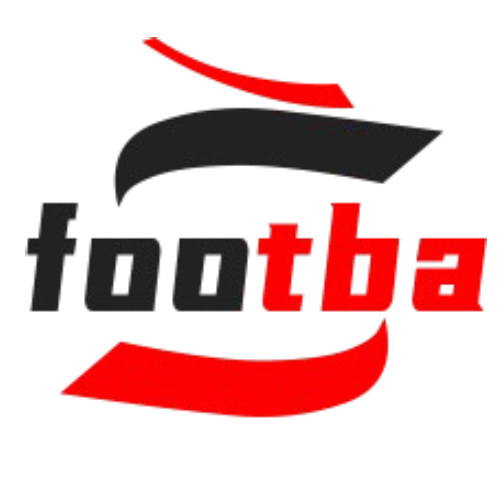**Updated: Latest Update on Alexsander Golovin's Injuries at AS Monaco**
As the season continues to unfold, one player has emerged as a significant threat to his team, Alexsander Golovin. With injuries affecting his performance in recent games, it is crucial for the team to understand and address these issues effectively.
**Golovin’s Current Situation**
Alexsander Golovin, the 28-year-old striker from England, has been experiencing some form of injury over the past few weeks. The most concerning aspect is that he has sustained a severe concussion during training sessions. This injury could potentially sideline him for several days or even longer, significantly impacting his ability to contribute to the team's goals.
**Impact on Team Performance**
The loss of Golovin's fitness could have dire consequences for the team's performance. Without the support of his teammates, the midfielders may struggle to maintain their positions, leading to a lack of depth and cohesion. Furthermore, the absence of key players like Golovin could lead to a drop in the team's overall scoring rate, further complicating their chances of securing victories.
**Strategic Considerations**
Given the current situation, the coach needs to prioritize Golovin's recovery efforts. It would be prudent to conduct a thorough assessment of his condition and schedule a rehabilitation program to ensure his readiness for upcoming matches. Additionally, the team should consider implementing a plan to gradually reintroduce Golovin into the lineup, starting with short periods of play to allow his body time to heal.
**Long-Term Impact**
While the immediate focus remains on Golovin's recovery, it is essential to also prepare for potential long-term implications. A successful return of Golovin could boost confidence within the team, fostering a culture of unity and trust. Conversely, if his absence leads to prolonged injuries or reduced performance, it could undermine the team's morale and drive.
In conclusion, the situation with Alexsander Golovin requires immediate attention and careful planning. By addressing his injuries promptly and ensuring his recovery, the team can mitigate risks and capitalize on any potential gains from his absence.
